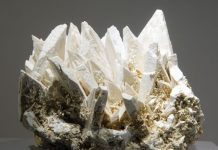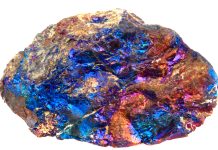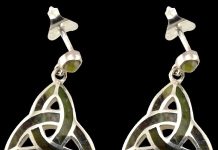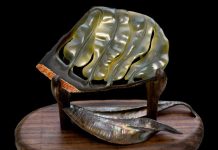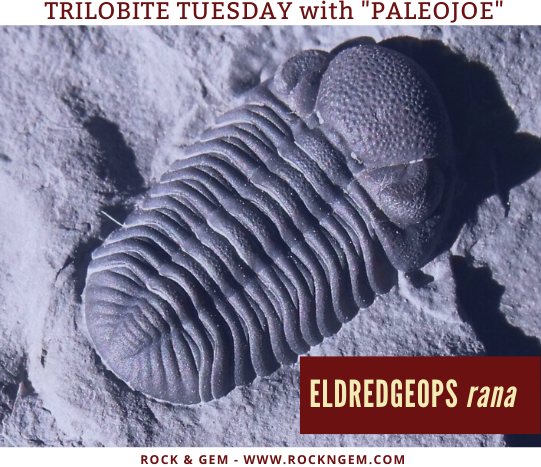
By Joseph “PaleoJoe” Kchodl
As you may be well aware, trilobites are an extinct form of arthropod related to insects, crabs, crayfish and horseshoe crabs. These creatures are called trilobite due to the three distinct “lobes” running vertically through the body section. In this week, the featured trilobite is Eldredgepos rana.
This is a very common trilobite in the Devonian sediments of New York State, Michigan, Pennsylvania and Northern Ohio. It is the State Fossil of Pennsylvania. This trilobite can be found in abundance in the Penn Dixie Quarry in Erie County near Buffalo and also in abundance in the formations of Portland Point near Ithaca, New York and near Sylvania, Ohio.
The Eldredgeops rana has a large inflated and semi-circular cephalon with large crescent-shaped eyes. The cephalon is highly ornamented with tubercles. Generally found in black or dark grey shale the exoskeleton usually is a deep black color. These trilobites can also be found in an “enrolled” or rolled up condition indicating they were protecting themselves from some sort of danger, often thought to be storm events since the areas during the Devonian were near the equator.
Generally, they are found approximately one inch long but in certain areas can be over two, such as in Sylvania, Ohio. This is a very common and readily identified trilobite.
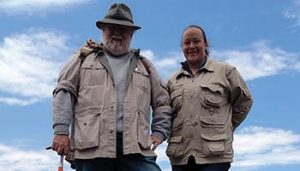
About the columnist: Joseph “PaleoJoe” Kchodl is a paleontologist, educator, veteran, author, fossil dig organizer/guide, business owner, husband, father, and grandfather, and fossil fanatic. For decades, he’s spent hours in classrooms around the Midwestern United States and beyond, speaking to school children about fossils and fossil hunting. Visit his site to purchase fossils, contact PaleoJoe, visit www.paleojoe.com.
Plus, learn more about PaleoJoe and his daughter PaleoJen and their paleontology exploration partnership in an the article “Fueling a Passion for Paleontology”.
Source — 1: American Museum of Natural History: www.amnh.org


